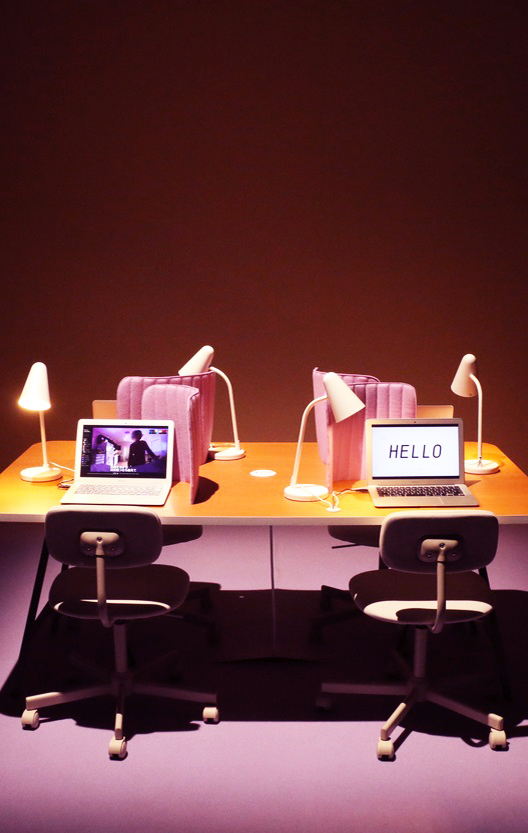
Helene Nymann
MOL
MOL (2018) takes up the ancient technique of memorizing information by placing symbols and signs along a mental path through an imagined house from room to room. Interested in the way technology affects both our sense of and need for memory, Nymann attempts to capture her own active and associative thinking by reconstructing her path through her abandoned childhood home. In the work, she visualizes her past experiences through the placement of anchor objects—which, according to the ancient Greco-Roman method of loci, shape the way we perceive the external world—suggesting that in our increasing reliance on technology to memorize for us, we allow others to form our view of the world.

